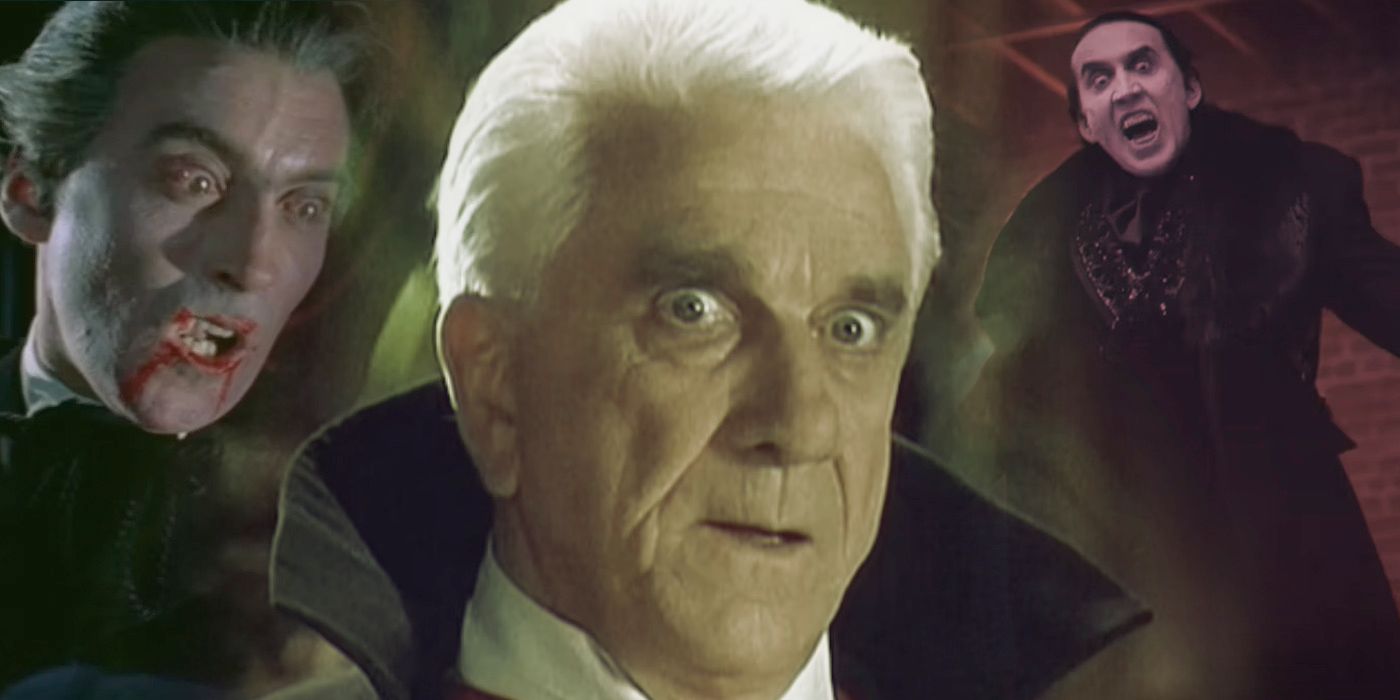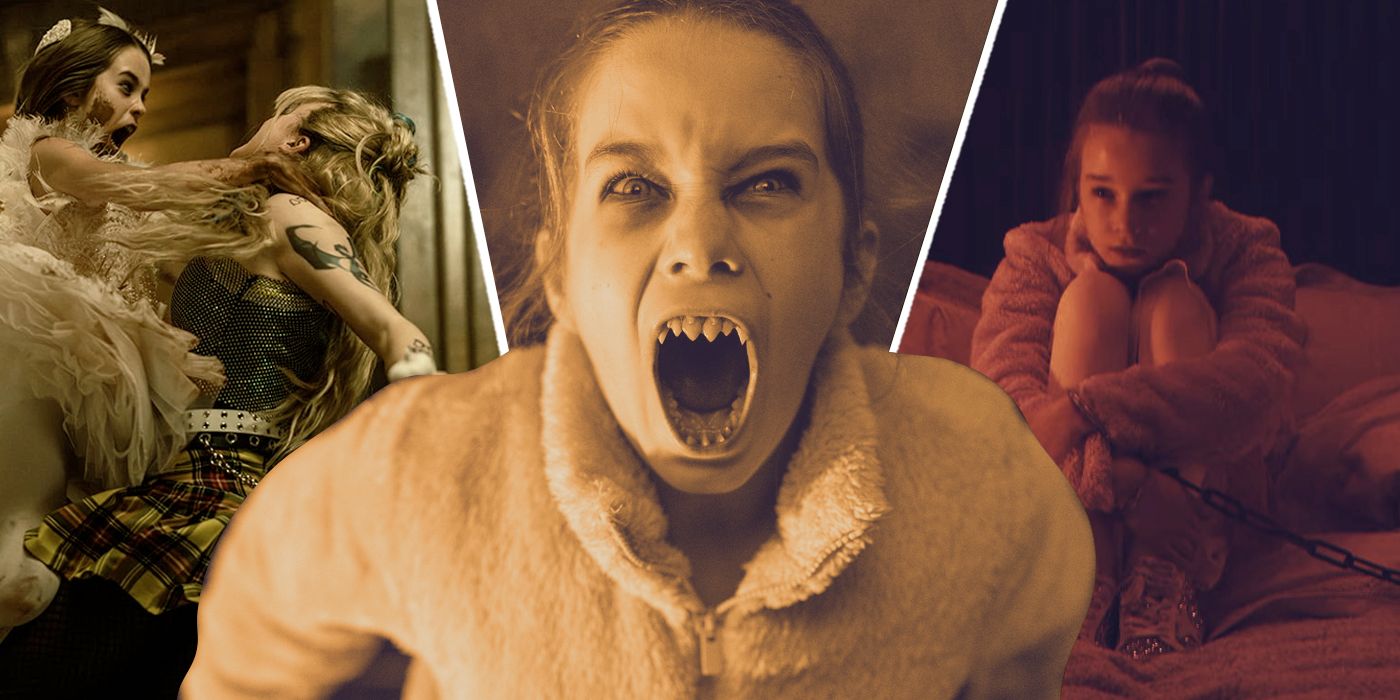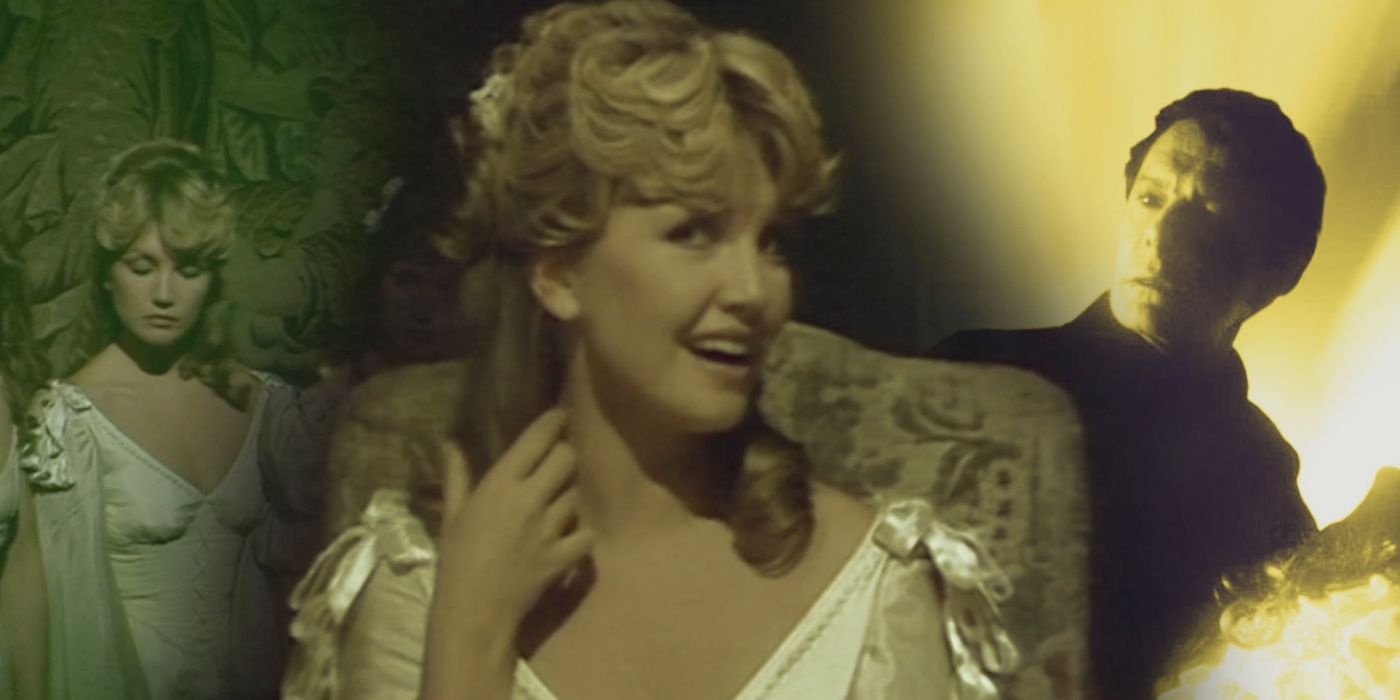Summary
- Count Dracula (1977) on BBC was the most faithful adaptation of Bram Stoker's novel, focusing on realism and accuracy over sensationalism.
- Director Philip Saville crafted a nuanced, gritty TV movie of Dracula, with standout performances, like Louis Jourdan as Count Dracula.
- Despite some minor changes in character relationships, Count Dracula stayed closest to the original gothic masterpiece by Bram Stoker.
Bram Stoker's 1897 Dracula has become a staple of the screen since its first adaptation by director Tod Browning in 1931, which placed Bela Lugosi in a career-defining role. Since then, there have been multiple screen adaptations of the work and over 80 movies featuring the 'Prince of Darkness' in some role. Some of these adaptations became great commercial and critical successes, such as Francis Ford Coppola's 1992 movie Bram Stoker’s Dracula.
Many movie adaptations have taken liberties with the source material, crafting a sensational and engaging rendition to draw audiences into the theater. However, in 1977, a slightly different approach was taken to the material, and the BBC looked to produce the most faithful adaptation of the work with their made-for-TV movie, Count Dracula. We will examine why Count Dracula is the most faithful adaptation of Bram Stoker's work, and why it is so hard to find.
The Plot and Cast of Count Dracula
The protagonist, Jonathan Harker, is a solicitor, who travels to Count Dracula's castle in Transylvania to help the Count purchase properties in England. However, Harker starts to suspect the Count of harboring a dark secret, with him not casting a reflection and his ghoulish appearance making him believe something sinister is happening. As he explores the castle, he discovers Dracula and his three brides, who sleep in coffins.
Meanwhile, in Whitby, England, a young girl, Lucy, becomes the victim of Dracula's attacks, causing her father to contact Abraham Van Helsing, believing the attack came from a vampire and that his daughter Mina will be the next target. Van Helsing sets out with the help of Johnathan Harker and others to stop Dracula and save Mina.
Count Dracula was a made-for-TV movie for the BBC. It was directed by Philip Saville, who primarily worked in TV. Philip Saville wasn't well known outside the UK, though he left a legacy of outstanding British television when he passed away in 2016. Actor Louis Jourdan, best known for his roles in Gigi and Octopussy, played Count Dracula, Bosco Hogan played Jonathan Harker, Judi Bowker played Mina, and revered stage and film actor Frank Finlay played the role of Abraham Van Helsing.

How Many Children Does Dracula Have? His Daughter, Brides, and Other Family Members, Explained
Dracula's family tree can be hard to decipher; here is all we know about the Prince of Darkness's daughters, brides, and other family members.The 1977 Count Dracula TV Movie Is the Most Faithful Adaptation of the Novel
Count Dracula was a championed project by the BBC, aiming to create a masterfully crafted drama as close to the novel as possible. This included peeling back the sensational elements to make a more gritty and realistic story of the infamous vampire and bringing it to the screen. Of course, this was also helped by the format, with the 2-hour and 30-minute TV broadcast allowing the movie ample time to explore the novel and touch on various plot points that other adaptations missed or ignored.
While the approach to telling the story of Dracula certainly thrives in a nuanced atmosphere and accuracy in Count Dracula, the performances also helped to cement the work as an essential adaptation. Louis Jourdan, in particular, was praised for his role and for capturing the essence of Bram Stoker's Dracula, which still places him among the best to fill the role by approaching him without the romanticization of the character that other productions have taken.
Notably, the 'Hammer House of Horror' interpretation of the horror icon had begun to redefine his image for the modern age, and Count Dracula looked to step away from the legacy of the production company and Bela Lugosi's portrayal to go back to a more literal adaptation of Bram Stoker's literary classic.
An unexpected element that made the work feel more grounded and true to how its creator envisioned it is the way in which Count Dracula was produced. It was made in-house at the BBC and shot on video rather than film, forcing the makers to lean more on realism without access to flashy cinematic techniques. While the lack of flair may not speak as heavily to a modern audience, the stripped-back nature of the production reflects how Bram Stoker would have envisioned his work being conveyed in the era it was written; the story was never written in the 'fantasy version' of Victorian England, which has been a staple of the majority of re-tellings of Dracula and the BBC captures that era with realism.

Dracula's Daughter Could Become the Next Horror Icon
Dracula's daughter, Abigail, appears to be a sadistic killer and a chip off the old block in her upcoming feature film.The way Dracula reveals himself as a more charming host hiding a secret, as opposed to an instantly recognizable monster, also highlights how stripping away the visual sensationalism used in other adaptations like Dracula (1979) and Francis Ford Coppola's Bram Stoker’s Dracula (1992) ground the Prince of Darkness in a realism closer to the books. Other elements, which have also been overplayed in other adaptations, like the sexualization of the brides of Dracula, are handled in a more nuanced way in Count Dracula that is more accurate to Bram Stoker's depiction of them in the novel.
Those who are very familiar with Bram Stoker's novel Dracula may have picked up in the synopsis that the movie still takes some liberties with the original subject. Notably, Lucy and Mina are portrayed as sisters instead of friends. There are other minor changes of note, such as Dracula being killed by Van Hellsing, as opposed to Johnathan Harker and Quincey Morris taking down the Count. Still, beyond these differences, the made-for-TV movie is still the most faithful adaptation of Bram Stoker's gothic masterpiece.
Why Count Dracula 1977 Is Hard to Find
Made-for-TV movies tend to slip into obscurity, with their purpose not generally intended for border distribution, but rather filling a time slot and drawing in audiences to a network. This was very much the case with Count Dracula, which only got a few showings. It was originally broadcast on BBC 2 in its entirety on December 22, 1977. Later showings would split up the movie, with it getting two showings in 1979 being split into three episodes played across three nights. The final showing on BBC was in April 1993, in which the movie was split into two.
In the US, it did get two showings on PBS as part of their "Great Performances" series, also split into three parts and aired once in 1978 and once in 1979. The movie did get two subsequent DVD releases, the first in 2002 as part of the "BBC Learning" series of films that was only available by direct mail in the UK, and then a commercial release in 2007 by BBC Video. However, the 2007 release has gone out of print and is only available through second-hand sellers.
Count Dracula does not exist on any streaming platform, nor can you purchase it without going to private sellers to try to secure a copy, making it somewhat hard to find. However, as the internet does its thing, you can find the entire film on YouTube and the Internet Archive. Thankfully, the most accurate retelling of Dracula can be found if you do some digging. However, owning a copy or finding it on your favorite streaming platform is unlikely ever to happen.

